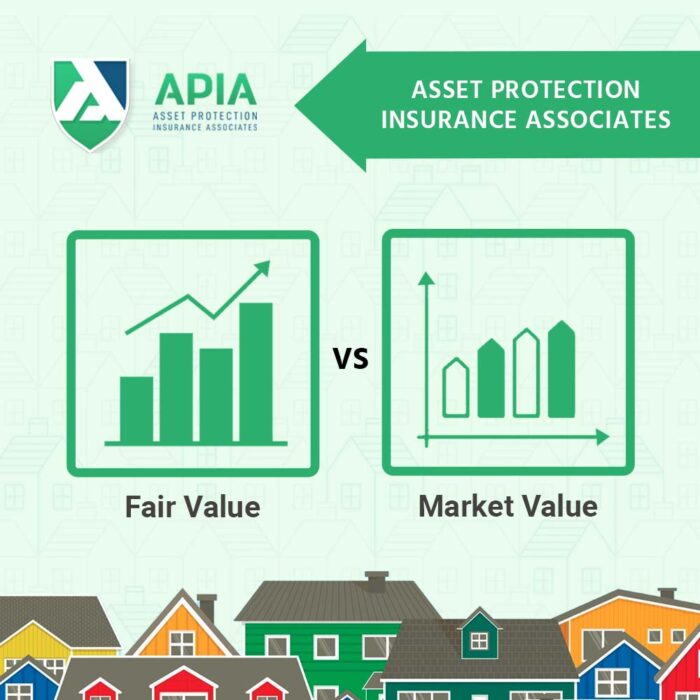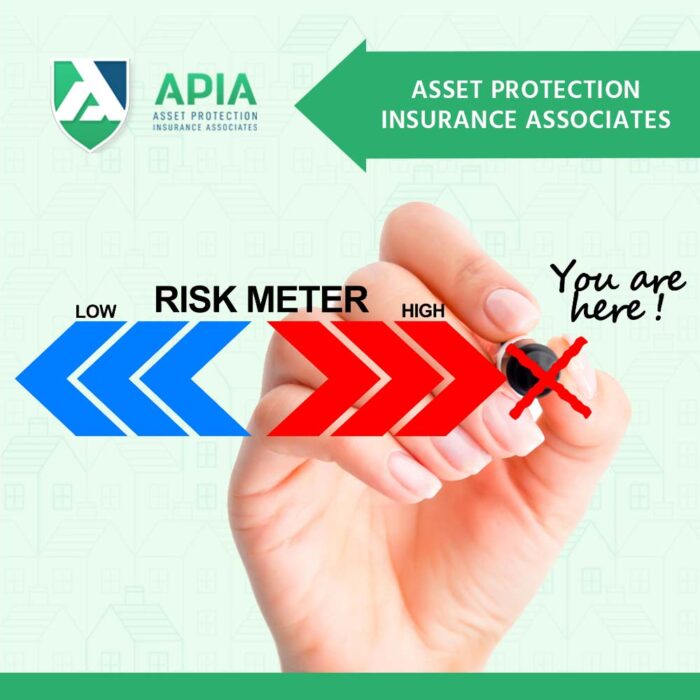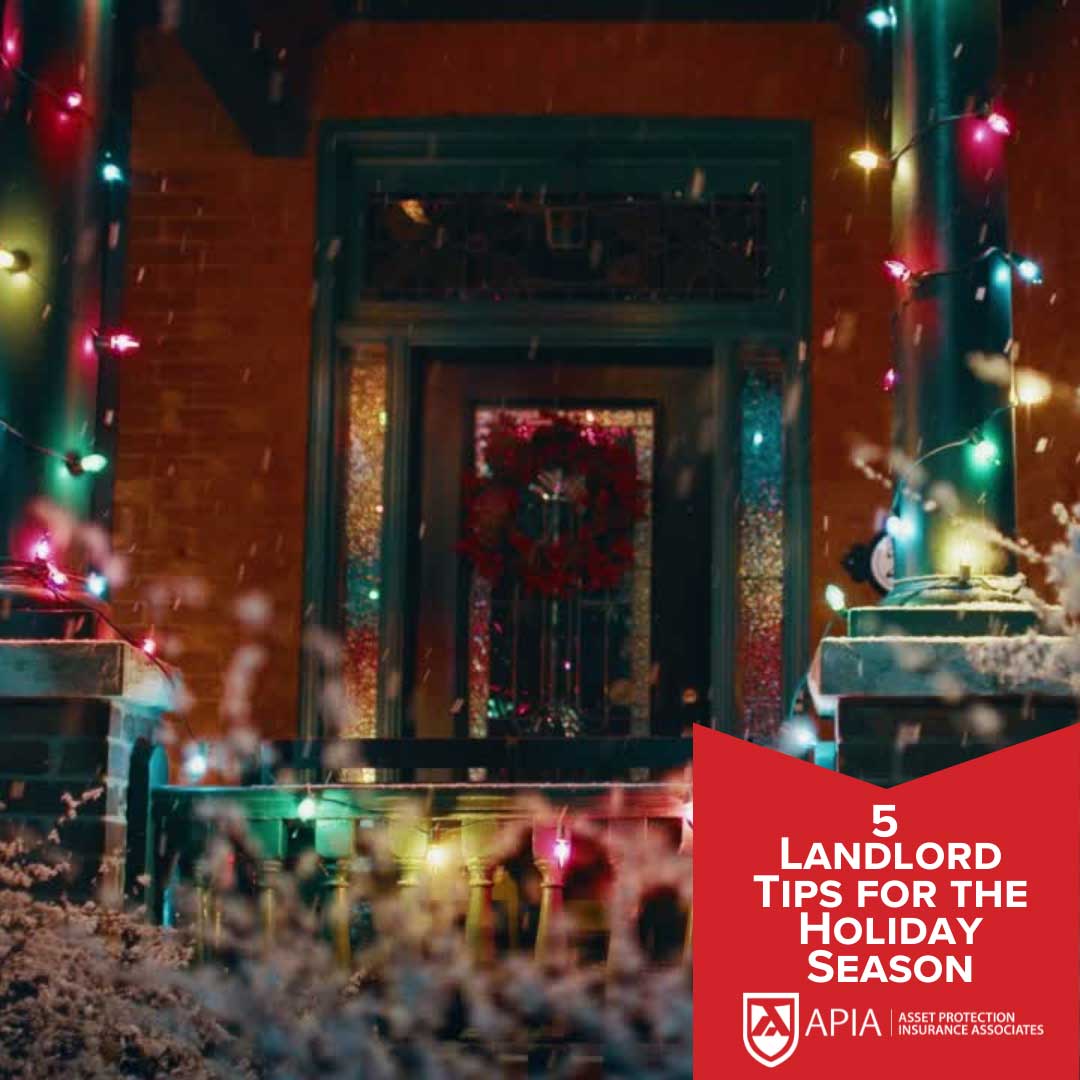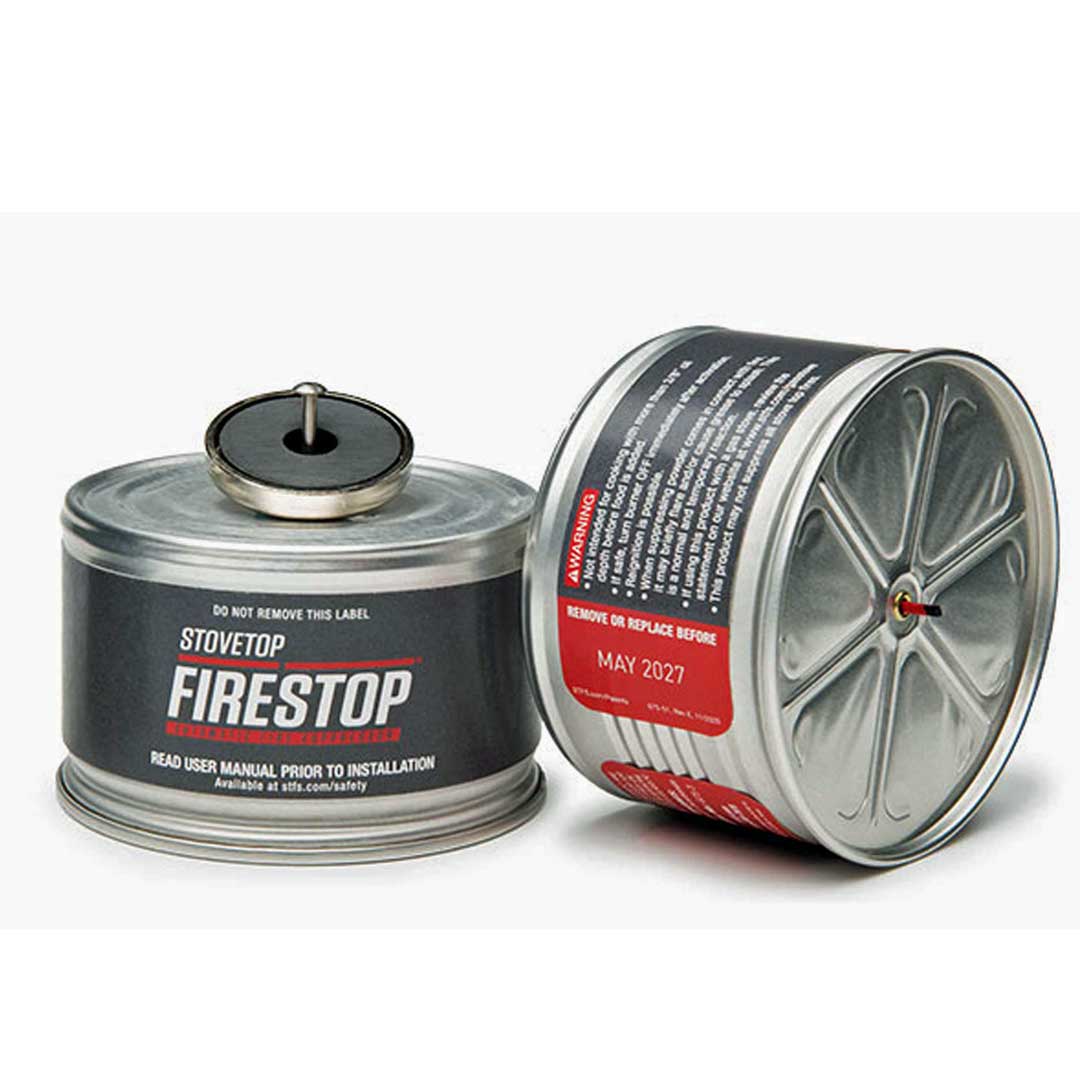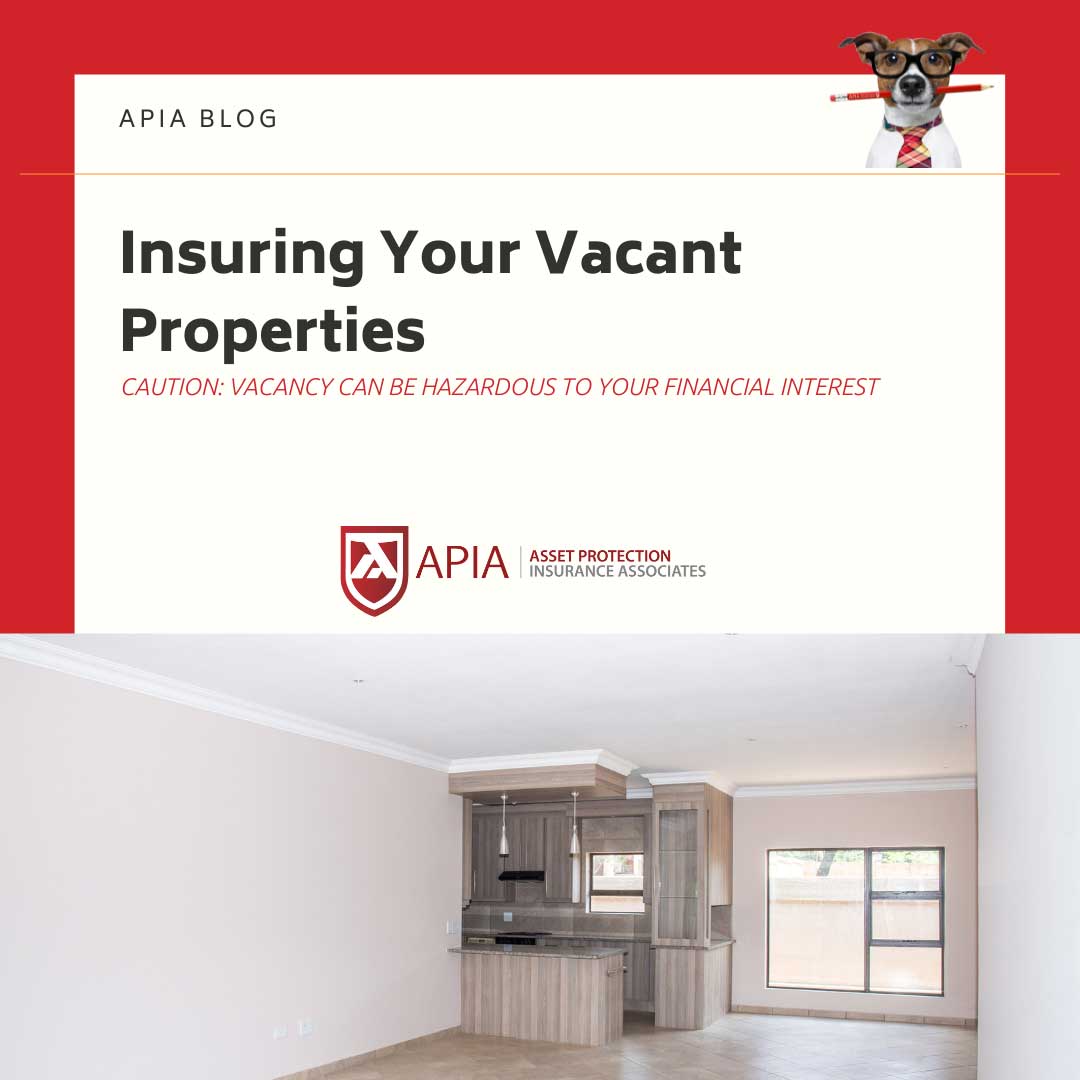 Being a property owner is a goal of many investors, especially if multiple buildings are part of the future. Apartment buildings and other property types are lucrative for owners when they have the proper management to serve the tenants’ needs. Part of good management is carrying the right insurance. As a landlord, it’s important to understand the ins and outs of multiple property insurance as new buildings are bought and sold.
Being a property owner is a goal of many investors, especially if multiple buildings are part of the future. Apartment buildings and other property types are lucrative for owners when they have the proper management to serve the tenants’ needs. Part of good management is carrying the right insurance. As a landlord, it’s important to understand the ins and outs of multiple property insurance as new buildings are bought and sold.
Look for Certified Counselors
When an investor owns two or more properties, there are many liabilities involved. Any policy, including unoccupied home insurance, must cover these particulars before any issues arise. Certified counselors in the insurance business have continuing education by their side. These professionals are aware of both state and national laws concerning insurance coverage, which helps the landlord with complex policies that may be difficult to understand. Certified counselors break down the information and make it customized to the particular properties that are involved. Without current knowledge about the multiple property insurance industry, details can go overlooked.
Combine Individual Policies
As properties are slowly picked up over the years, insurance policies are normally added on as individual coverage types. These numerous policies, however, can become difficult to manage when there’s so many to keep track of by the investor. Unoccupied home insurance or multiple insurance coverage should be combined into one policy. Every month, quarter or year, the information can be read and renewed as necessary. Any new or sold properties that need to be changed on the policy can be addressed with ease because the coverage is so straightforward.
Ask About Blanket Limits for the Multiple Property Insurance
When an investor owns multiple buildings, they’re in a constant state of being lived in or remain vacant. The investor’s policies should include unoccupied coverage that’s deemed with a blanket limit. For example, five buildings owned by one investor have a policy of $2 million. If there’s any applicable damages within one random building, that coverage can be allotted to cover it. Policies with limits to coverage based on which building is involved can make insurance claims very confusing and possibly denied.
Include Every Property
Regardless of a property’s location or status in the real-estate market, an investor’s policy should cover it. Investors might believe that one property should be removed from a policy because of specific circumstances, but these cases are very rare. A building that’s been vacant for many months is a prime candidate for unoccupied insurance. If that property is damaged at some point without the coverage, none of the other insurance policies will apply to the problems. Investors must remember that each policy is specific to the land and structure on top of it. It’s always a good idea to protect any investment under the investor’s care.
Reevaluate the Terms Each Year
A property owner’s needs might change over the course of a year, especially if any renovations or additions are made to the structure or land. As each renewal period approaches, read over the terms and if they still apply. Work closely with the insurance agent so that any details can be altered before the policy goes into its new term year. Creating this habit protects the investor from any oversights that could be detrimental to the property if damages do occur. Rates rise and fall as a result.
Unoccupied home insurance continues to be a policy that’s often overlooked by professional real-estate investors, but it’s critical coverage in case of any damages. Protect the investments, tenant’s perceptions and personal mental strife by securing multiple property insurance the moment that closing day arrives and reduce the hassles of multiple insurance claims.

